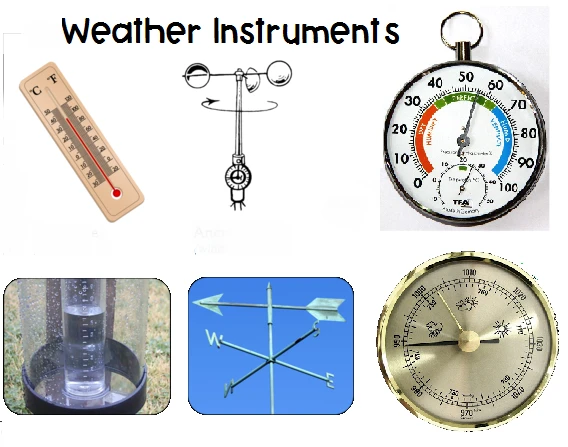Weather Instruments: Essential Tools for Meteorological Observations

# Weather Instruments: Essential Tools for Meteorological Observations
Introduction to Weather Instruments
Weather instruments are specialized tools designed to measure various atmospheric conditions. These devices play a crucial role in meteorology, helping scientists and weather enthusiasts collect accurate data about our environment. From simple thermometers to sophisticated radar systems, weather instruments provide the foundation for weather forecasting, climate studies, and environmental monitoring.
Common Types of Weather Instruments
Thermometers
The thermometer is perhaps the most familiar weather instrument, used to measure air temperature. Modern digital thermometers provide quick and accurate readings, while traditional mercury or alcohol thermometers remain reliable options for many applications.
Barometers
Barometers measure atmospheric pressure, an important indicator of weather changes. Mercury barometers were historically common, but today most weather stations use aneroid barometers or digital pressure sensors for their convenience and safety.
Hygrometers
These instruments measure humidity levels in the air. Psychrometers (wet-and-dry bulb thermometers) are a traditional type of hygrometer, while modern electronic versions use capacitive or resistive sensors for more precise measurements.
Anemometers
Anemometers measure wind speed. The cup anemometer with three or four rotating cups is the most recognizable design, though sonic anemometers that use ultrasonic waves are becoming increasingly popular in professional settings.
Rain Gauges
Simple yet essential, rain gauges collect and measure precipitation. Standard models use a funnel and measuring cylinder, while more advanced tipping bucket rain gauges provide automated measurements.
Advanced Weather Instruments
Weather Radars
Weather radar systems use radio waves to detect precipitation, its motion, and intensity. Doppler radar can also measure wind speed and direction, making it invaluable for severe weather detection.
Weather Satellites
Orbiting Earth, weather satellites provide comprehensive views of weather systems on a global scale. They monitor cloud patterns, sea surface temperatures, and other critical meteorological data.
Ceilometers
These instruments measure cloud height and vertical visibility using laser or light-based technology, important for aviation weather observations.
The Importance of Weather Instruments
Accurate weather data collected by these instruments serves multiple purposes:
- Improving weather forecasts and warnings
- Supporting agricultural planning
- Aiding aviation and maritime operations
- Contributing to climate change research
- Enhancing public safety during extreme weather events
As technology advances, weather instruments continue to become more precise, automated, and capable of measuring increasingly complex atmospheric phenomena. From backyard weather stations to national meteorological services, these tools remain fundamental to our understanding of weather and climate.
Keyword: wether instruments